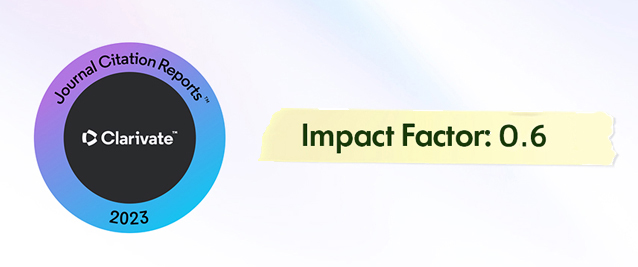2
Abstract
Recently, virtual reality environments also started to be used as representation tool by designers. Virtual reality differs from other representation tools especially because of the opportunities offered in depth source. Real world has three dimensions. Depth perception is the visual perception of the third dimension of the real world. Depth perception is created with information from the depth sources. These are ocular, stereoscopic, dynamic and pictorial information. The representation tools used frequently has only pictorial information. But the virtual reality comes over this disadvantage with some tools and hardware. In this environment, the spatial ideas are perceived with information from stereoscopic, dynamic and pictorial sources. Location and the depth of the objects in the real environment are perceived with information from allocentric and egocentric frames. Observer perceives both information from allocentric and egocentric frames in virtual reality like in real environment. Because of these factors, virtual reality provides a closer perceptual knowledge to real environments than the other representation tools. But there is not a single perceptual knowledge in virtual reality environment like real environment. Six main components are needed in order to create a virtual reality environment. These are model, computer programs, computer, tracking tools and interaction tool. These components can be defined in different ways and this, changes structure of the virtual reality and also, the perception of the environment. Virtual reality components also affect the properties of the environment. Three‐dimensional graphical world, being immersed, interactivity and sensorial feedback are the properties of virtual reality.Being immersed is more important property than the others in the virtual reality used in design activity. Results of studies conducted on perceptual differences between real and virtual reality show that the perceptual responses in virtual reality environments with higher degree of being immersed are closer to real‐ world reaction. The factors, that increase the degrees of being immersed to virtual reality, are known. There are individual differences in the perceptual responses of observes and the relation between these factors and individual experience is unknown.
2Yıldız Teknik Üniversitesi, Mimarlık Fakültesi, Mimarlık Bölümü, Yıldız, İSTANBUL
Son dönemlerde, sanal gerçeklik ortamları da bir temsil ortamı olarak tasarımcılar tarafından kullanılmaya başlanılmıştır. Sanal gerçeklik ortamları geleneksel olarak kullanılan temsil ortamlarından, özellikle derinlik algısı konusunda sunduğu olanaklardan dolayı ayrışmaktadır. Derinlik algısı gerçek evrenin üçüncü boyutunun görsel algısıdır. Derinlik algısı, derinlik bilgi kaynaklarından gelen bilgi ile oluşturulur. Bunlar; göze ait bilgi, stereoskopik bilgi, dinamik bilgi ve resimsel bilgidir. Sık kullanılan temsil ortamlarında sadece resimsel bilgi vardır, sanal gerçeklik ortamı ise bazı araçlar ve donanımlarla bu dezavantajın üstesinden gelir. Gözlemci mekânsal fikri (özellikle üçüncü boyutunu) bu ortamda stereoskopik, dinamik ve resimsel bilgi kaynaklarından gelen bilgilerle algılar. Ayrıca sanal gerçeklik ortamında, gözlemci kendi varlığını ortamda hissederek mekânı algılar. Bu özelliklerinden dolayı sanal gerçeklik ortamı, diğer temsil ortamlarına göre gerçek ortam algısına daha yakın bir algı sunar; fakat sanal gerçeklik ortamında, tek bir algı yoktur. Sanal gerçeklik ortamı oluşturmak için, altı ana bileşene ihtiyaç vardır. Bunlar: model, bilgisayar programları, bilgisayar, konum algılayıcı ve etkileşim aracıdır. Bu bileşenler farklı biçimlerle tanımlanabilmektedir; bu da ortamın yapısını ve algısını değiştirmektedir. Bileşenler ayrıca, üç boyutlu grafik dünya, etkileşim, içine girme ve duyusal geri dönüş gibi ortam özelliklerini de etkilemektedir. Gerçek ortam ve sanal gerçeklik ortamındaki algısal farkları araştıran çalışmalarda, içine girme derecesi daha yüksek olan sanal ortamlardaki algısal tepkilerin, gerçek ortamdaki tepkilere daha yakın olduğunu ortaya konulmuştur. Sanal gerçeklik ortamının içine girme derecesini arttıran etmenler bilinmektedir; fakat bunların bireysel deneyimle ilişkileri bilinmemektedir.













